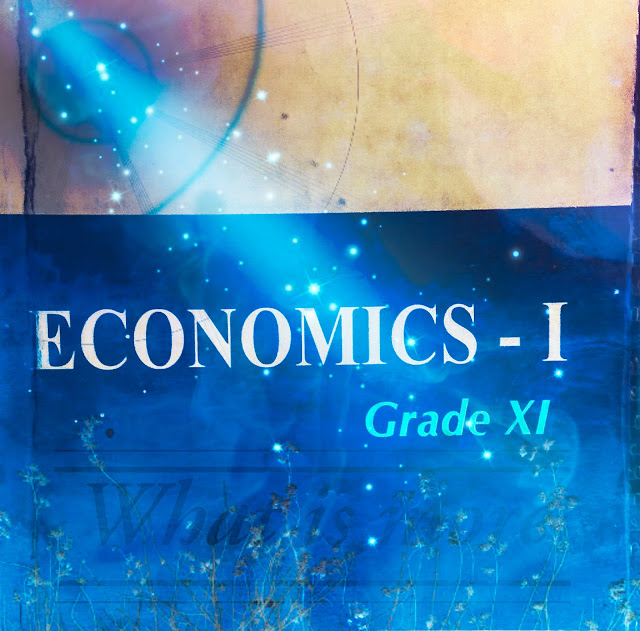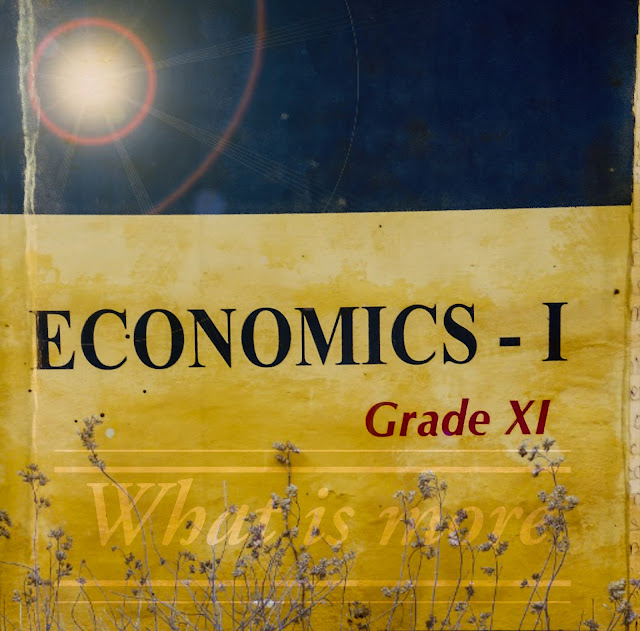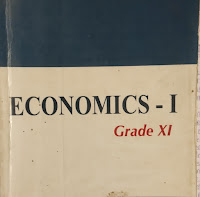Define demand function.

Demand Function... We know that demand for any goods and services is affected by various factors which are called determinants of demand. It means there is technical relationship between demand for a commodity and its various determining factors which is defined as demand function. It is expressed as follows: Qdx= F(Px, You, Py, CT, Wc, To, F, A... etc.) Where, Qdx= quantity demanded for a commodity ‘x'. F= functional relation Px= price of ‘x' Py = price of related commodities Y = income of consumers Ct= custom and tradition Wc = weather and climatic condition Tp = taste and preference of consumers F = fashion A = advertisement Out of various determinants, price of the commodity is considered as main determinant of demand, so in short, demand is the function of price. Therefore, Qdx = F(Px), if other factors remaining the same.










